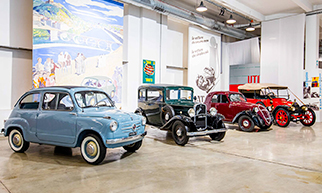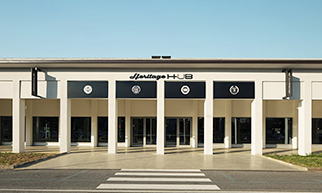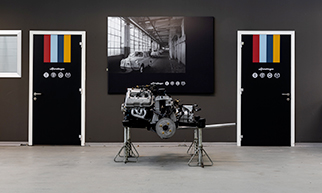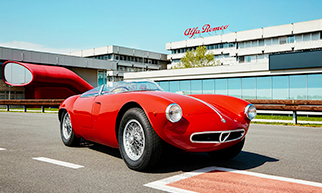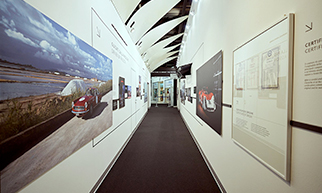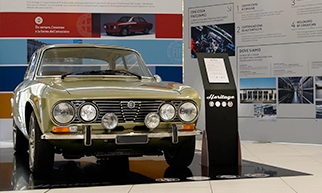Both developed on the same platform but designed to respond to different target audiences: the Bravo, with its three-door configuration, features a sporty and dynamic design; the five-door Brava focuses on comfort and practicality. Two distinct characters, both destined to leave a mark in the compact segment.
The success of the Fiat Tipo, named Car of the Year 1989, is remarkable but was destined for a shorter lifetime than the Turin-based manufacturer’s previous cars. Widespread and in-depth market surveys conducted throughout Europe showed that drivers of mid-range cars showed a strong desire for personalisation. The team therefore came up with the idea of quickly creating two successors to the Tipo, to meet users’ differing needs, together and in a complementary way.
The project – which came about very quickly, in just two years, under the aegis of the Fiat Centro Stile headed by Peter Davis, with Nevio Di Giusto in charge of design – led to the creation of two cars built on the evolution of the Tipo platform, with doubled torsional rigidity: a more compact and gritty model suitable for singles or young couples, providing agility in the city and driving pleasure on mixed routes; the other, a saloon car suitable for modern families seeking capacity and functionality without sacrificing elegance and originality. Precisely these salient features were highlighted in the market surveys.
Hence the creation of the three-door Bravo and the Brava saloon car, with their many similarities but just as many differences. The two cars share the front of their bodywork: from the grille to the mudguards, bonnet, pillar and windscreen, as well as the floor, mechanics and chassis, albeit with different calibrations. From that point onwards, they take two very distinct paths.
Bravo evolves into a hatchback traditional in its layout but original in its design. It is a three-door car that shows off, especially the rear, but without ostentation and with a fair amount of muscle. Especially in terms of the rear fenders, rounded up to the base of the side window with the curvature that connects to the lower part of the wider tailgate, using the plastic covers of the original headlights. The overall effect is the “firmly planted on the ground” look of a sports set-up; indeed, even the suspension is calibrated more stiffly to offer driving fun without sacrificing comfort.
Brava is a four-door saloon car with a characteristic raised third volume just hinted at (“two-and-a-half volumes”) and a rounded boot connects to the highly inclined rear window. The car's uniqueness shines through in its taillights, divided into three horizontal segments that emerge from the bodywork and surround the end of the rear fender. The passenger compartment is particularly spacious: studies show that the interior space utilisation index reaches 81%, compared to an average of 75% for other cars in the same segment.
As well as the access to the rear seats, the interior only differs in terms of certain details, such as the dashboard: the three-door has circular dials whereas they are semi-circular in the saloon. A very broad palette of a total of 24 body colours for both models.
